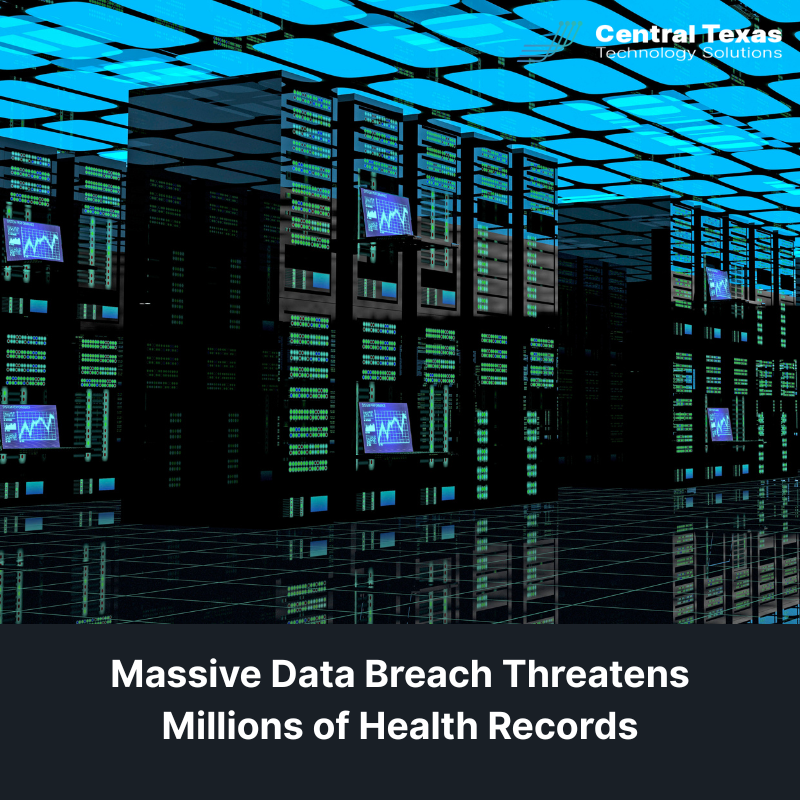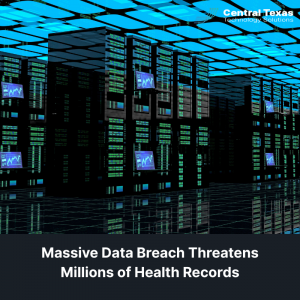
 What would you do if your organization’s most sensitive data was suddenly in the hands of cybercriminals? That’s not a hypothetical question—it’s a scenario playing out right now. Freedman HealthCare, a data analytics firm serving health providers and insurance agencies across the U.S., was recently the victim of a massive data breach. More than 52 gigabytes of sensitive information and over 42,000 files are now at risk of exposure.
What would you do if your organization’s most sensitive data was suddenly in the hands of cybercriminals? That’s not a hypothetical question—it’s a scenario playing out right now. Freedman HealthCare, a data analytics firm serving health providers and insurance agencies across the U.S., was recently the victim of a massive data breach. More than 52 gigabytes of sensitive information and over 42,000 files are now at risk of exposure.
Events like this are no longer rare. In fact, they’re becoming the norm. The only question is—how prepared is your organization?
Inside World Leaks and the Rising Tide of Data Breaches
The culprit behind the Freedman HealthCare hack is a cybercriminal group known as World Leaks, formerly called Hunters International. This group is infamous for sophisticated data exfiltration tactics and double extortion schemes. They don’t just steal data—they threaten to publish it unless they’re paid.
Past victims of this group include:
- Austal USA
- Toyota Brazil
- NanoLumens
- Caxton & CTP Publishers
- Frederick Wildman and Sons
- Kablutronik SRL
Now, their focus has shifted to the healthcare and insurance sectors, putting thousands of lives and millions of records at risk.
Why a Data Breach Could Happen to Any Business
It’s easy to assume a data breach only happens to big companies. The truth is, cybercriminals don’t discriminate based on size. If your business holds sensitive data, it’s a target. Common vulnerabilities they exploit include:
- Human error: Employees clicking phishing links, sharing passwords, or falling for social engineering attacks
- Remote work setups: Unsecured home networks and personal devices lacking strong cybersecurity measures
- Weak defenses: Outdated antivirus software, misconfigured firewalls, or no incident response plan
For businesses in healthcare, legal, professional services, construction, manufacturing, and nonprofit sectors, the risks are even higher. You're often handling confidential data, which makes you an attractive target.
Simple Steps to Protect Your Business from a Data Breach
Prevention is far more cost-effective than cleanup. Here are some practical, proven ways to fortify your business against a data breach:
1. Build a Cyber-Aware Team
Train your staff to recognize and respond to suspicious activity. Cybersecurity training isn’t just for IT—it should be company-wide. A single mistake can open the door to a major incident.
2. Back Up Critical Data
Use the 3-2-1 backup rule:
- 3 copies of your data
- 2 different types of storage media
- 1 copy stored offsite or in the cloud
This protects important assets like:
- Financial statements
- Client and patient records
- Employee files
- Proprietary information and trade secrets
3. Strengthen Login Security
Require complex, unique passwords for all systems. Add multi-factor authentication (MFA) for an extra layer of protection. This is especially crucial for cloud apps and remote access points.
4. Safeguard Physical Devices
Lost or stolen laptops, phones, and tablets can be a goldmine for hackers. Make it standard policy to lock or encrypt all devices—especially those that travel outside your office.
The Lesson from the Freedman HealthCare Hack
Freedman HealthCare responded to the breach quickly, bringing in cybersecurity experts to contain the threat. So far, it appears they’ve avoided additional legal or regulatory fallout—but the damage to trust and reputation is harder to repair.
This breach should serve as a powerful reminder: every business is vulnerable, and the time to act is now.
At CTTS, we help companies across Austin, Round Rock, and Central Texas take control of their cybersecurity. From employee training and network monitoring to secure cloud solutions, our team can build a proactive defense tailored to your business.
FAQ: Preventing a Data Breach in Your Organization
Q1: What’s the first step in preventing a data breach at my company?
Start with a cybersecurity risk assessment. Understanding your vulnerabilities allows you to prioritize and close security gaps.
Q2: How often should we conduct cybersecurity training?
At least twice per year, or whenever new threats emerge. Ongoing awareness is key to reducing human error.
Q3: Is a data backup enough to stop a ransomware attack?
Backups are essential, but they must be secure, tested regularly, and isolated from your network to truly protect you.
Don't wait for a data breach to reveal your vulnerabilities. Contact CTTS today to schedule a cybersecurity assessment and take the first step toward securing your business.
Contact CTTS today for IT support and managed services in Austin, TX. Let us handle your IT so you can focus on growing your business. Visit CTTSonline.com or call us at (512) 388-5559 to get started!
